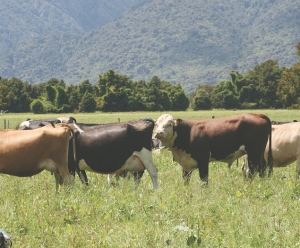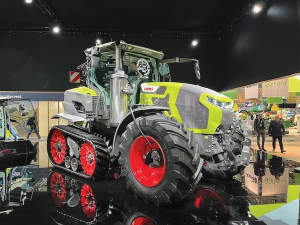Speaking to Rural News in the wake of Scotland’s move to mandatory testing and movement restrictions related to the disease, Roger Ellison said the focus here remains firmly on voluntary measures.
“At the moment we don’t believe the industry appetite for regulatory control is there. If we were to go down that route all the industry bodies like Dairy NZ, Beef + Lamb New Zealand, OSPRI and MPI would have to be on board.”
The measures Scotland’s introduced (see sidebar) are similar to those deployed on TB here. Ellison notes the TBfree programme is industry funded and so any similar programme for BVD would have to be as well.
“And as soon as you start to talk funding; you have to have a pretty strong case.”
Since the steering committee was formed in 2005, industry knowledge about the disease has improved considerably with many farms, particularly dairy, now aware of their herd’s status.
“The interest has jumped but there’s still much work to do in terms of knowledge transfer.”
Vets have similarly made “huge gains in their understanding of the disease and knowledge of how to control it,” he adds.
For farmers a key and timely message is to make sure bulls are both tested and vaccinated for BVD before bringing them onto the farm. Ellison explains vaccination is still needed because of the risk of bulls picking up infection before arrival on the user’s farm. Such a recent infection not only risks importing the disease, but renders the bull temporarily infertile so it won’t do its job.
“The number one rule is: test and vaccinate all bulls.”
Nationally, about 15% of dairy herds include ‘persistent infectors’ or PIs, while it’s estimated 50-60% of beef herds contain PI cows.
“The key difference with beef herds is the calves are left on the cows, so you can have PI calves running around with adult cows during mating.”
That matters because infection in the first four months of pregnancy is what gives rise to a PI calf, perpetuating the disease’s presence. That is, if it survives: infection of the cow during pregnancy can also cause abortion and the calves that do survive generally suffer from ill-thrift.
In an average-sized dairy herd, circa 380 cows, it’s estimated the disease costs about $70,000/year in lost production and calves, while for beef herds it’s “anywhere between $3000 and $9000/year per 100 cows,” notes Ellison.

















